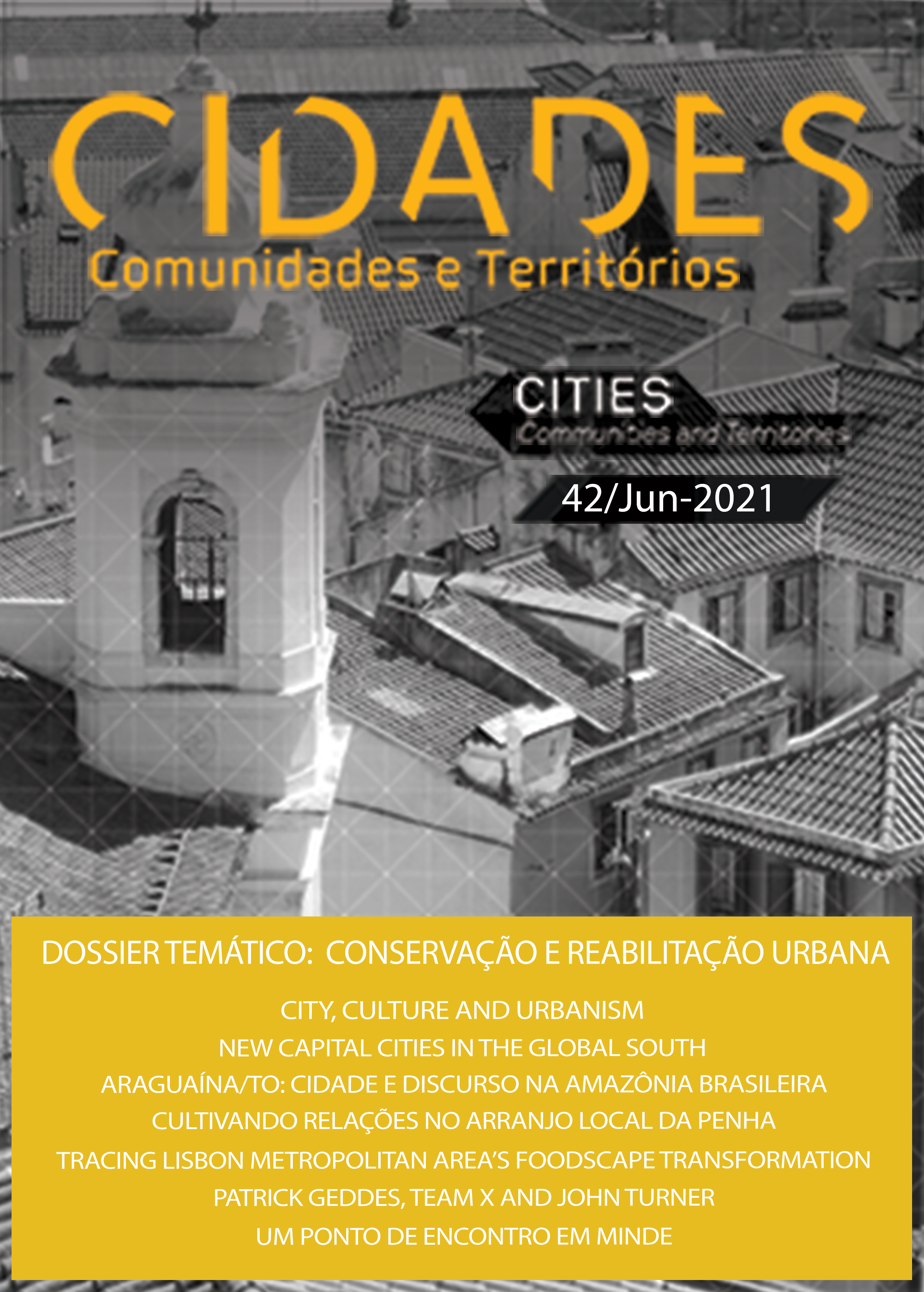Evolución de las políticas de rehabilitación y regeneración urbana en Madrid (1994-2018)
De las áreas de rehabilitación preferente (ARP) al plan estratégico de regeneración urbana Madrid Recupera
Palavras-chave:
políticas de rehabilitación urbana, gobernanza, financiación, instrumentosResumo
Las políticas de rehabilitación urbana en la ciudad de Madrid han tenido un relativo éxito tanto en el centro histórico como en los barrios periféricos. Sin embargo, tras la crisis de 2008, se abrió un debate, que continúa, sobre el agotamiento del modelo y su adaptación a las nuevas necesidades urbanas. Así, desde las Áreas de Rehabilitación Preferente (ARP), iniciadas en 1994, hasta el Plan Madrid Recupera (Plan MAD-RE) en 2018, se han aplicado tres diferentes modelos de intervención. Las diferencias entre ellos se pueden agrupar en cinco apartados. 1) en lo relativo al carácter integral de las intervenciones, esto es, centradas en la rehabilitación de viviendas o incluyendo actuaciones simultáneas en espacio público, infraestructuras verdes, etc.; 2) en el énfasis en nuevos contenidos, por ejemplo, la rehabilitación energética y otros aspectos relativos a la sostenibilidad urbana; 3) en la gobernanza y la aplicación de nuevas metodologías de participación ciudadana en ellos. En este sentido, conviene destacarla la importancia de la colaboración interadministrativa; 4) en lo referente a los fundamentales mecanismos de financiación, donde el papel de las inversiones públicas o privadas han variado considerablemente en función de los modelos aplicados; y por último,5) las variaciones más significativas se dan en los instrumentos utilizados para la aplicación de este tipo de políticas urbanas. En ese sentido, el Plan MAD-RE, por su acercamiento integral y holístico a los problemas de la rehabilitación, se ha convertido en un instrumento de planificación estratégica de referencia en el contexto español.
Referências
BBVA (2008). “Proyecciones de vivienda terminada”. En BBVA, Situación Inmobiliaria diciembre 2008. BBVA Servicio de Estudios Económicos
Bosqued, A, F.J. González, F.J., Moreno S.; (2017) “Social and Economic Management of Sustainable Regeneration Projects” in Carbon Footprint and the Industrial Life cycle. Springer. pp.19-35. ISBN 978-3-319-54984-2. 2017
Cuchí, A., Sweatman, P. (2011). Una visión-país para el sector de la edificación en España: hoja de ruta para un nuevo sector de la vivienda. Informe Grupo de Trabajo sobre Rehabilitación" GTR".
De Santiago, E. (2008) “Madrid global. La región urbana madrileña como nodo relacional en el contexto de la centralidad global”. Scripta Nova: Revista electrónica de geografía y ciencias sociales,ISSN-e1138-9788,Nº. Extra 12, 270, 2008 (Ejemplar dedicado a: X Coloquio Internacional de Geocrítica: Diez años de cambio en el mundo, en la Geografía y en las Ciencias Sociales 1999-2008
De Santiago, E., González F.J.(2020). “El mito del Ave Fénix. Crecimiento y Regeneración urbana en la ciudad de Madrid” en Madrid: apuntes para una visión actualizada. Madrid: Ediciones Asimètricas 2020 (en edición)
EMV (1999) Áreas de rehabilitación preferente: Intervenciones en el centro histórico y barrios periféricos de Madrid 1994-1999. Madrid: Ayuntamiento de Madrid
González, F.J (2018). “El plan Madrid Recupera: estrategias de regeneración en una nueva agenda urbana” en Ciudades en movimiento: avances y contradicciones en las políticas municipalistas ante las transiciones ecosociales coord. José Luis Fernández de Casadevante, Nerea Morán Alonso, Fernando Prats Palazuelo, Madrid: Foro Transiciones pp.105-109 ISBN978-84-95801-47-0
González F.J., Pérez, A. (2013) “Lo social en la regeneración urbana madrileña. Algunas notas sobre inmigración y gentrificación”. En. Madrid: materia de debate. Vol 4, pag 125-156. Madrid: Ed: Club de Debates Urbanos.. ISBN:978846169217, 2013
Informal Minister Meeting. IMM (2010) Toledo Declaration on Urban Regeneration.
Moreno, S., González, F.J., Gómez, A. (2013) “La regeneración urbana en España Revisión crítica para un estudio de caso de regeneración sostenible”. Revista De Arquitectura, Facultad de Arquitectura y Urbanismo de la Universidad de Chile nº27. pp. 6-14. DOI: 10.5354/0719-5427.2013.33563.
Rubio del Val, J. (2011). “Rehabilitación urbana en España 1989-2010. Barreras actuales y sugerencias para su eliminación”. Informes de la Construcción, Vol. 63, Extra 5.
Roch, F; Gaviria, M.; Guerra, F. (1979). “¿Especulación de Suelo?. Notas para una política de suelo urbano”. Madrid: Ed: Nuestra cultura, D.L. X ISBN 8474650143.
Triotiño, M.A. (2003). “La protección, recuperación y revitalización funcional de los centros históricos”., (Coord monográfico H. Capel) en Ciudades, arquitectura y espacio urbano. Mediterráneo económico, nº 3 pp. 131-160. ISSN: 1698-3726
Downloads
Publicado
Edição
Secção
Licença
Direitos de Autor (c) 2021 Francisco Javier González González

Este trabalho encontra-se publicado com a Licença Internacional Creative Commons Atribuição-NãoComercial-SemDerivações 4.0.
CIDADES, Comunidades e Territórios by DINÂMIA'CET-Iscte is licensed under a CC-BY licence.







